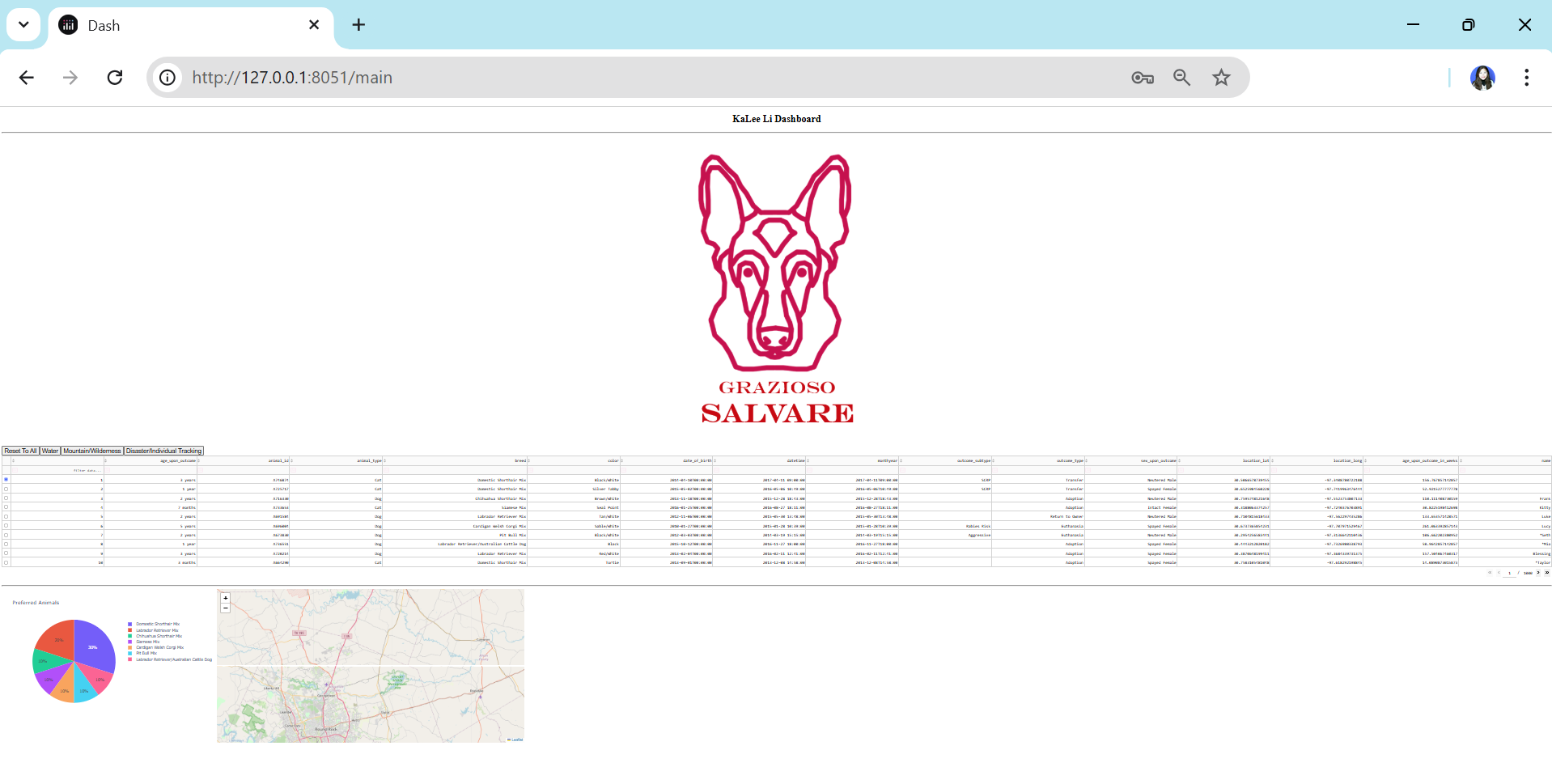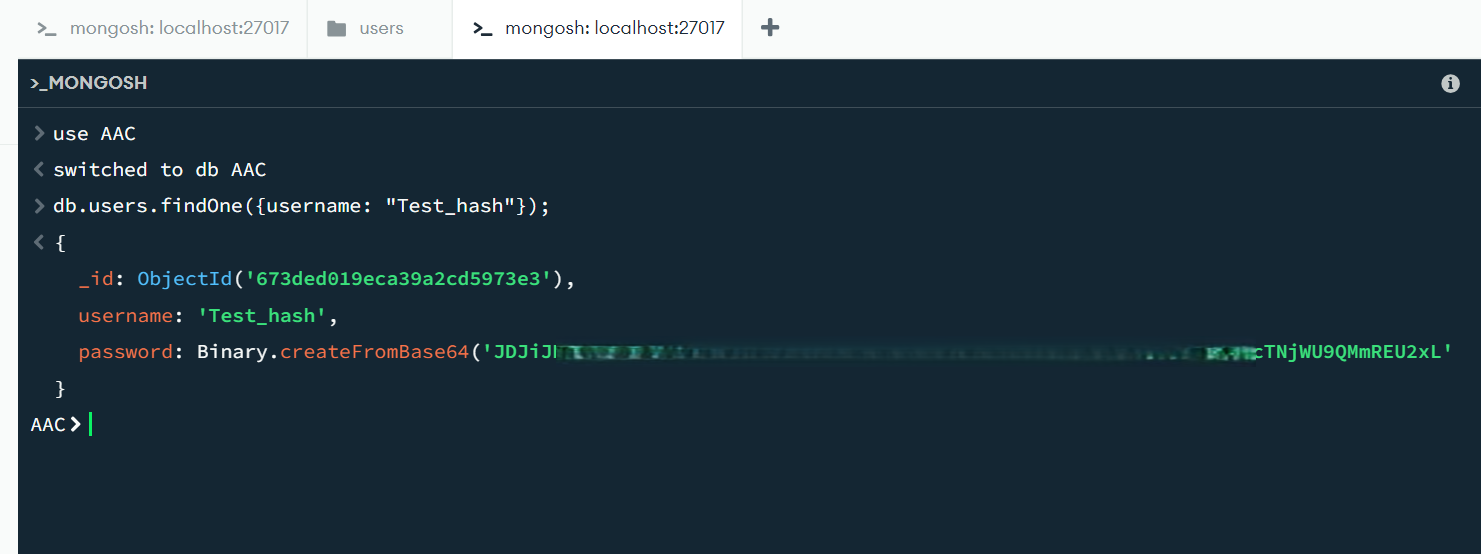Kalee Li

Data, Solution, and Process Engineer and Analyst specializing in data solutions, system performance analysis, bottleneck identification, and process optimization. I develop and implement data infrastructure, ETL pipelines, and technical solutions to drive efficiency and enhance analytics.
| Home Page | Internship | Academic Journey |
Academic Journey
I began the Southern New Hampshire University (SNHU) Computer Science program in the Fall of 2020 and graduated in March 2025.Throughout this journey, I’ve developed technical skills and essential professional abilities that prepare me to be proficient in the computer science field. Completing my coursework and developing a portfolio has allowed me to showcase three of my enhanced projects focused on Software Engineering and Design, Algorithms and Data Structures, and Databases, demonstrating my strengths in the following areas: Collaborative Environment, Professional Communication, Computing Solutions, Innovation Techniques, and Security Mindset.
Table of Contents
1. Professional self-assessment - Skills Overview
As a Computer Science student, I’ve gained critical insights into writing good code, emphasizing readability, maintainability, and adherence to ethical standards. Good code isn’t just error-free and runnable; it should be well-structured and easy for other Developers/Engineers to read, understand, and maintain. In addition to writing readable code, I learned the importance of implementing authentication and authorization measures and following the GDPR during the application development process to protect our users’ PHI and PII. One of my coursework in CS 250: Software Development Lifecycle introduced me to the Agile methodology, which I now apply in organizing tasks and addressing problems systematically on a daily basis. These experiences reflect my values of collaboration, precision, and continuous improvement.
Back to Home Page / Back to the Top
1.1. Collaborating in a Team Environment
I have focused on ensuring that my code is clear, maintainable, and easy for other developers to understand. This emphasizes the importance of readable code in a collaborative team environment so that the other developers can easily follow the logic and structure, whether we are working on the same project or reviewing the code at a later stage. In addition to writing clean code, I have conducted a code review before working on enhancement projects to ensure it meets best practices. This self-review process to ensure the code is concise, well-commented, and update-ready improved the code quality, aligning it with industry standards.
Back to Home Page / Back to the Top
1.2. Communicating with Stakeholders
As mentioned earlier, I was introduced to agile methodology when I took CS250; I learned that the project charter is one of the key documents for the agile team to communicate effectively with stakeholders and is often created at the start of the project. The project charter provides a high-level overview comprising project participants such as teammates and stakeholders, communication guidelines, project objectives, requirements, constraints, rules, tools, deliverables, and success criteria. In addition to the elements included in the charter document, we should keep it concise, clear, and specific and involve stakeholders early to get their input. This coursework has equipped me with the skills to ensure clear and effective communication with stakeholders throughout the project lifecycle.
Back to Home Page / Back to the Top
1.3. Software Design and Engineering
This artifact showcases my ability to design and enhance interactive software applications that focus on user interaction. It highlights the development and implementation of authentication and authorization features in the web-based dashboard. This work demonstrated user-centric design, secure access management, and backend development using Python, Dash, and MongoDB.
Back to Home Page / Back to the Top
1.4. Algorithms and Data Structure
This artifact demonstrates my ability to integrate complex algorithms and data structures to strengthen application security. I incorporated cryptographic practices and role-based access control mechanisms to ensure secure credential management and access control in the web application. This project reflects my skills in implementing secure workflows, working with hashing algorithms, and managing database authentication.
Back to Home Page / Back to the Top
1.5. Databases
This artifact highlights my growth in database management and analytical skills through the enhancement of a nostalgic text-based game. I integrated an SQLite database to track player performance and generate analytical insights, transforming a simple game into a data-driven program. This work showcases my skills in managing databases, performing data analysis, and refactoring code for scalability and maintainability.
Back to Home Page / Back to the Top
2. Code Review
Code Reivew Video
Back to Home Page / Back to the Top
3. Enhancements
Enhancement 1: Software Design and Engineering
Animal Shelter Training Web Application - Authentication and Authorization
This artifact is an Animal Rescue Training web application dashboard designed for an international rescue animal training company. The purpose of the dashboard is to assist in identifying dogs for training by presenting data visually and interactively to support decision-making. The application uses Dash in Python to build the interface and Dash Leaflet to build map-based interaction, enabling users to view the animal’s information and filter data based on specific parameters. It also incorporates libraries such as pandas, numpy, and matplotlib.pyplot, along with MongoDB for database management and CRUD functionality. This application was created when I took CS 340 Client/Server Development, term 2024 C-1 Jan to Mar.
This enhancement focused on improving user interaction by implementing authentication and authorization features. Initially, the application used a hardcoded username and password for access. I removed this insecure practice and added user registration and login functionality, allowing for a secure user experience. These improvements refined its backend development aspects, demonstrating my skills in designing user-friendly interfaces, managing secure access, and performing database operations to support user interaction.

 Click here to explore the project on GitHub
Click here to explore the project on GitHub
Back to Home Page / Back to the Top
Enhancement 2: Algorithms and Data Structure
Animal Shelter Training Web Application - Security and Authentication
This artifact is an Animal Rescue Training web application dashboard designed for an international rescue animal training company. The purpose of the dashboard is to assist in identifying dogs for training by presenting data visually and interactively to support decision-making. The application uses Dash in Python to build the interface and Dash Leaflet to build map-based interaction, enabling users to view the animal’s information and filter data based on specific parameters. It also incorporates libraries such as pandas, numpy, and matplotlib.pyplot, along with MongoDB for database management and CRUD functionality. This application was created when I took CS 340 Client/Server Development, term 2024 C-1 Jan to Mar.
This enhancement emphasizes securing sensitive user credentials by integrating the Bcrypt hashing library, utilizing MongoDB authentication mechanisms and role-based access control to assign users a specific role, and validating stored credentials in the Authentication Source database. This enhancement artifact demonstrates my understanding of authentication workflows, cryptographic algorithms, role assignments, and database access protocols, showcasing my ability to protect user information effectively and strengthen application security.

 Click here to explore the project on GitHub
Click here to explore the project on GitHub
Back to Home Page / Back to the Top
Enhancement 3: Databases
Text-Based Game “Don’t Wake Dad” - Database Management and Data Analytics
This artifact is a Text-Based Game called “Don’t Wake Dad!” The idea of the game is that the player navigates through rooms, collecting all the items in each room (cleaning the house) while avoiding waking the dad up by entering the parent’s room before all the items are collected. This game was created when I took my first Python class, IT140, Introduction of Scripting, in the winter of 2021. This project holds nostalgic value as it represents the start of my programming journey. I selected this artifact to enhance and highlight my growth in coding and database management. The original game contained all the logic in a single script, showcasing basic programming concepts.
For this enhancement, I refactored the code to improve its structure and functionality. By modularizing the functions, I increased the code’s readability and maintainability. Furthermore, I integrated a SQLite database to track player progress and generate an analysis report of average wins and losses. These updates enhanced the game’s functionality and player engagement, demonstrating my database management and data analytics skills and highlighting my growth in creating interactive and data-supported programs.


 Click here to explore the project on GitHub
Click here to explore the project on GitHub
Back to Home Page / Back to the Top
4. Other Projects
- Data Analysis Projects
- Junior Solution Engineer Projects
- Junior Data Engineer Projects